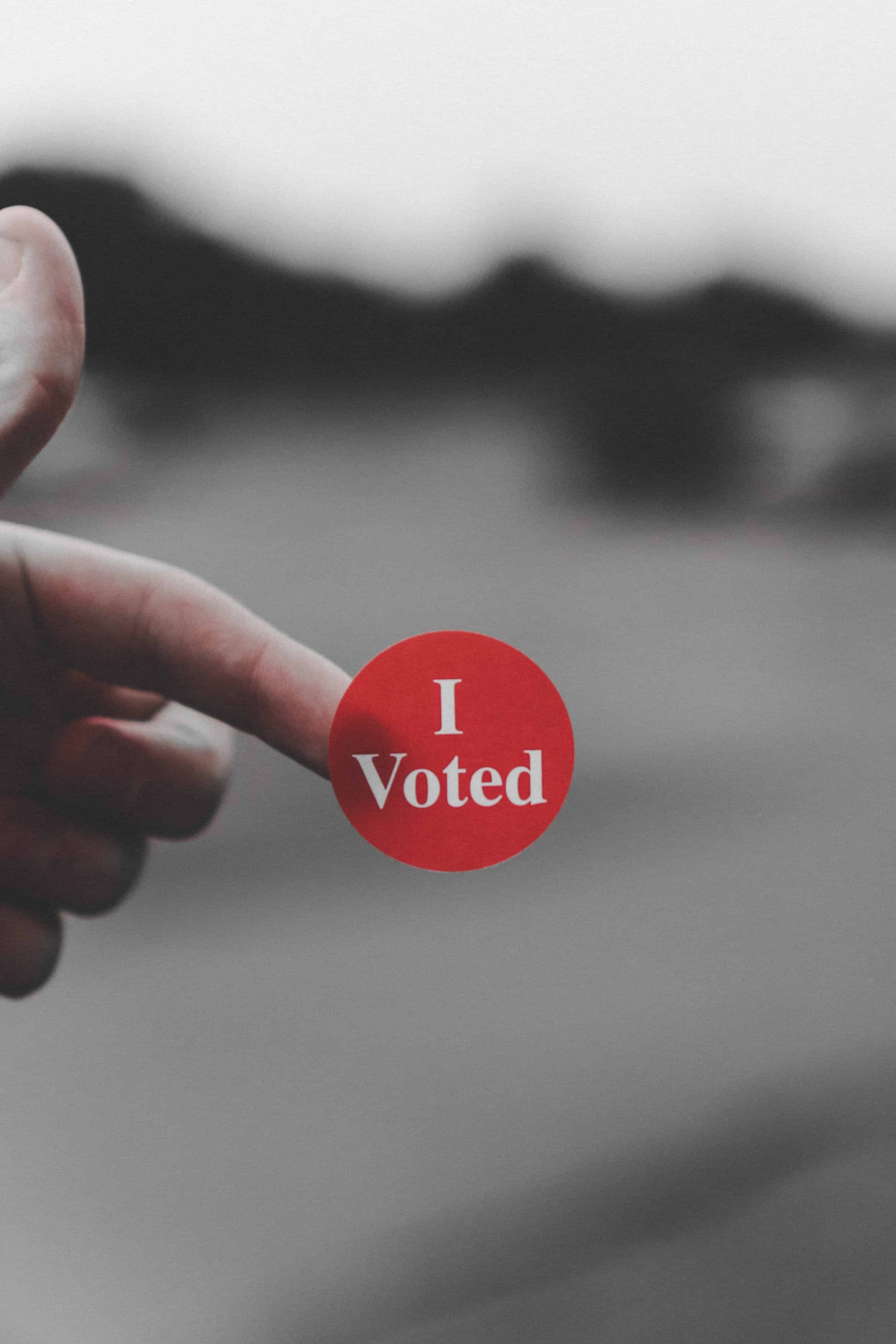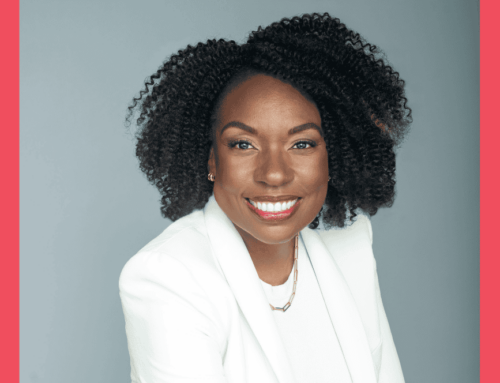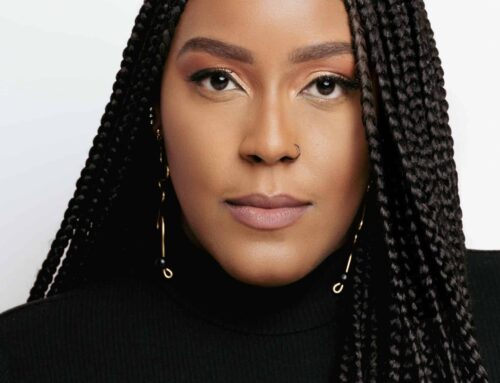Cliquez ici pour voir la version française.
On October 21, 2019, Canada will hold a federal election. People who are eligible to vote will elect a member of Parliament to represent their riding in the House of Commons.
In the lead-up period, candidates in the 338 ridings across Canada will campaign to win votes. This is a critical opportunity to ask your riding’s candidates what they and their party are planning to do to strengthen gender equality if they win the election.
More Than a Concept
UN Women explains that gender equality means equal rights, responsibilities and opportunities for all genders. Many people agree that gender equality is a worthy goal, but they might wonder how we can actually get there. It’s difficult to understand because inequality is so invisible in our communities, families, policies, and institutions. It’s been “the way things are set up” and we’ve been living in it for a very long time.
The Government of Canada created a Gender Results Framework (GRF) to define what changes need to happen to achieve greater equality and to track how Canada is doing. They’ve identified six areas that need to be improved to make Canada fairer and more equal for all genders. It shows specific things we can change to turn gender equality from a concept into a reality – a reality that we will all benefit from.
What Are Your Candidates Going to Do?
If you can vote, candidates in your riding are going to ask you to vote for them. But what are they and their parties going to about gender equality? Are they thinking about it? Are they planning to work hard to make Canada more gender equal? Knowing their answers is useful when you make your decision in the voting booth.
Below are three important areas candidates need to focus on to make gender equality a reality. Canadian Women’s Foundation really focuses our efforts on these areas. Up for Debate, a national alliance of organizations dedicated to women’s rights and gender equality of which our Foundation is a part, also says these areas are important.
Read on, and then ask your candidates’ parties what they will do on these issues by using this easy online letter.
- End Violence and Build Safety
Everyone should live free from violence. But research shows that all women are at high risk of gender-based violence such as sexual assault and domestic abuse, and some are at even higher risk, including Indigenous women, young women, women with disabilities, and 2SLGBTTIQQA+ people.
More facts on gender-based violence
Things we can do about it:
- Dedicate stable and adequate funding for relevant, accessible programs and supports to reduce gender-based violence in all communities (e.g. access to justice support for women; shelters and sexual assault services funded to meet demands)
- Legislate mandatory sexual assault training for judges on federal and provincial/territorial levels
- Institute better consent education in schools
- Strengthen gun control
- Create a National Action Plan on Violence Against Women
- Economic Development and Poverty Reduction
More than 1.9 million women 18 and older live on a low income, and more than 2.4 million women and girls are living on a low income. Some face elevated levels of poverty, including Indigenous women, women living with disabilities, single mothers, and newcomer women.
Lack of affordable housing is a major barrier. Women and girls make up roughly half of those who are homeless. Indigenous women, racialized and newcomer women, women with disabilities, institutionalized and criminalized women, and 2SLGBTTIQQA+ people face a disproportionately higher risk of homelessness.
More facts on women’s poverty
More info about housing as a human right
Things we can do about it:
- Make poverty reduction for women a top priority, which includes affordable housing and universal childcare
- Implement policies on pay equity and the gender wage gap
- Strong truth and reconciliation efforts
- Robust supports for youth and families in care system
- Better financial support for post-secondary students
- Leadership and Decision-Making
We need more diverse voices and decision-making. For example, women continue to be underrepresented in political and professional leadership positions and organizations and groups that work to build women’s rights, voices, and participation are chronically underfunded.
More facts about women in leadership
Things we can we do about it:
- Fund programs and implement policies that growing diverse women’s political and board representation
- Fund programs that support girls’ education and participation in areas where they are underrepresented (e.g. STEM)
Take Action:
- Send this online letter to federal party leaders and party presidents to ask what they will do for gender equality
- Sign up for our e-newsletter
- Follow us on Facebook and Twitter to join a national conversation about gender equity.
Learn More:







